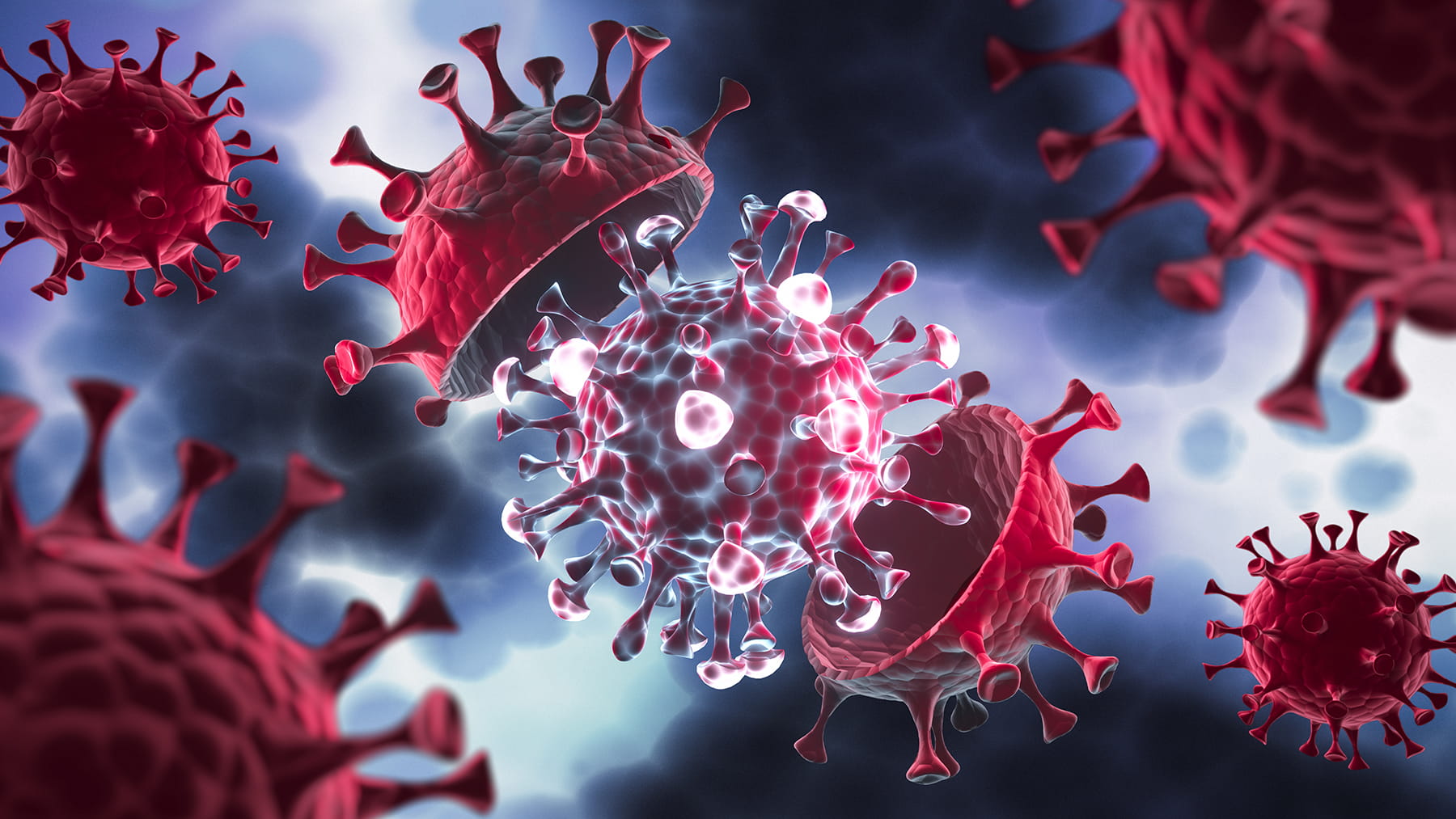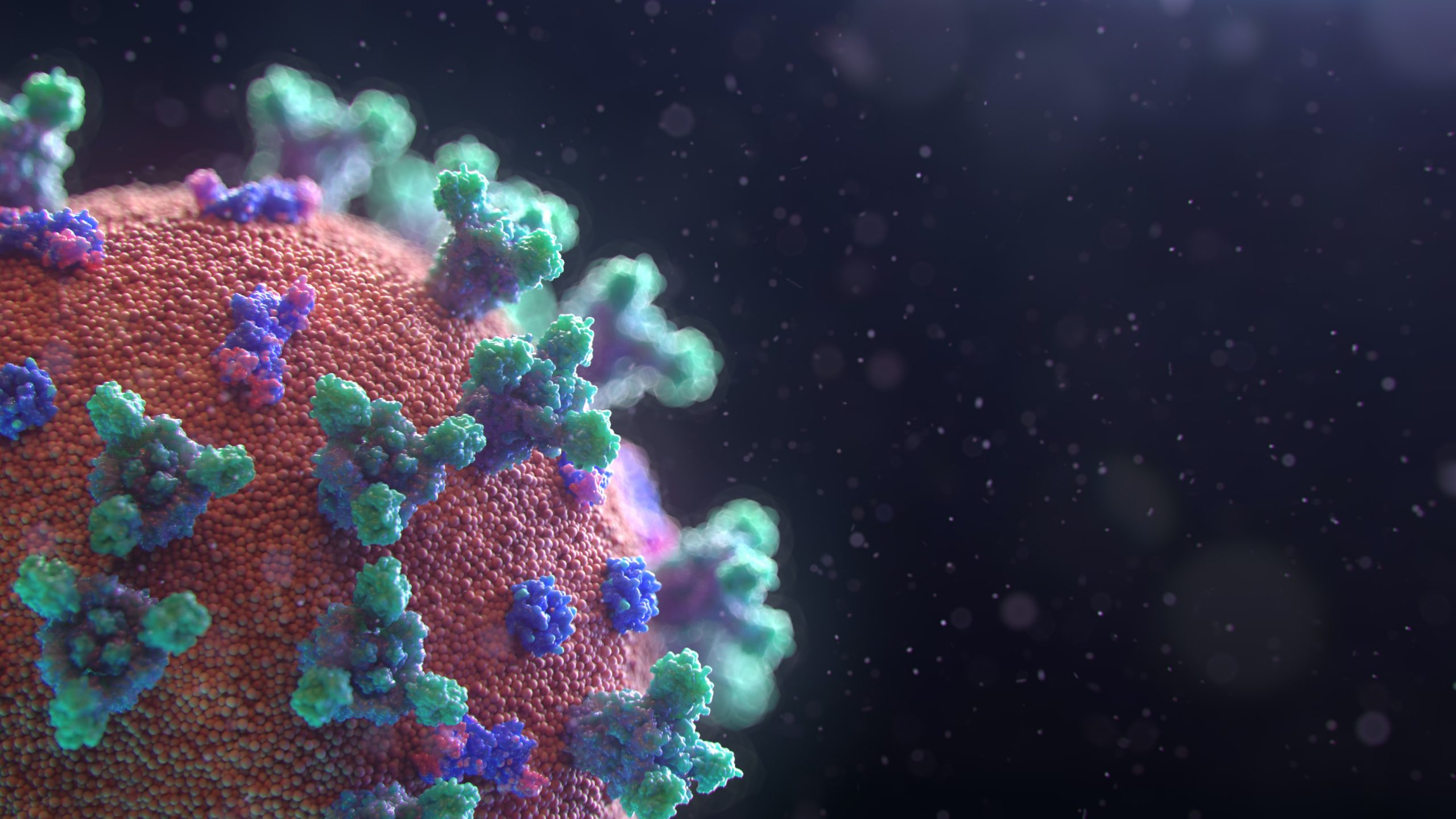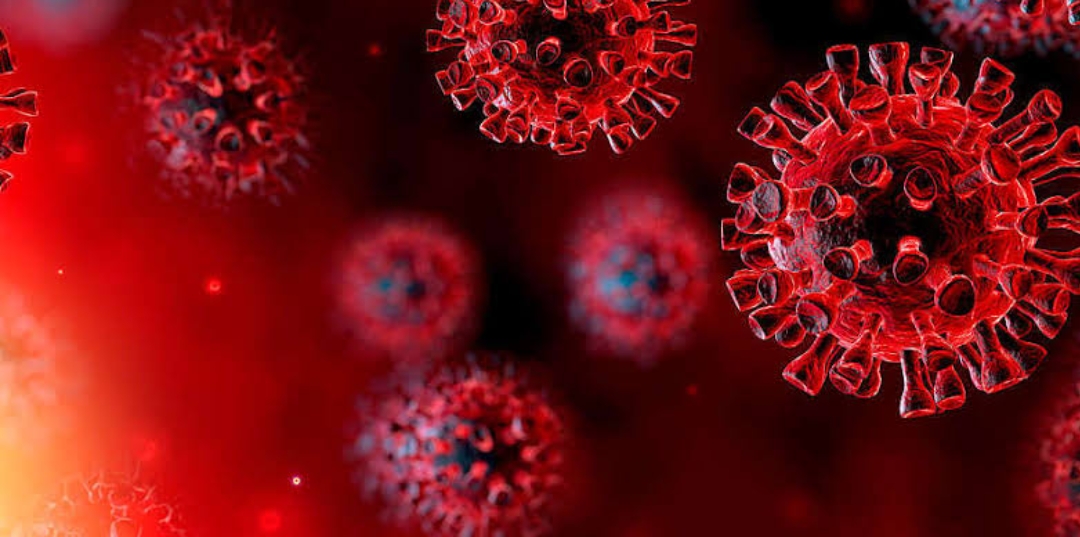
Building an immune system could prevent the next pandemic
Bioterrorism Preparedness and Response Program at the US Centers for Disease Control and Prevention has noticed something unusual: In China, the charge of garlic — that’s considered as a cure-all by many Asian cultures — had risen tenfold. This was the primary sign of SARS, the predecessor to Covid, and we noticed it 5 months earlier than China discovered that it was experiencing a deadly disease of a new respiratory coronavirus. In late 2019, satellite images from China confirmed vehicles have been heading to hospitals greater frequently than usual. In early 2020, the price of garlic rose again. These have been the various early signs of Covid-19 pandemic. Analyzing these early sings can prevent the next pandemic.
The “immune system” could maintain to rely on existing tools, which include monitoring demand and prices for medicinal therapies in addition to satellite images of traffic patterns, and step up our efforts to monitor public sewers, as pathogens frequently first seem in wastewater. But it’d also comprise additional strategies that allow us to intervene much earlier in the existence of a new pathogen. These tools could search for novel pathogens in the air, water or soil, collect their DNA or RNA, then use high-overall performance computers to research the molecules and search through an index of recognized therapies that might be able to neutralize the pathogen.
These early cautions and detection tools could encompass biosensors that could stumble on pathogens embedded into organisms which include animals and vegetation residing in tropical regions rich in biodiversity, in which new infectious diseases frequently originate. Transmissions from those sensors could link to a supercomputing network that characterizes new pathogens. Not all detected microbes are harmful, so the system could need to develop computational models primarily based totally on known pathogens to predict whether or not newly determined microbes could reason problems for humans. Once a dangerous pathogen turned into found, the supercomputer may want to test libraries of present remedies that could combat it. Ideally, the system could someday mechanically produce a customized mRNA vaccine that goals the pathogen, like a number of the Covid-19 vaccines currently being deployed.
Photo by Fusion Medical Animation on Unsplash



















